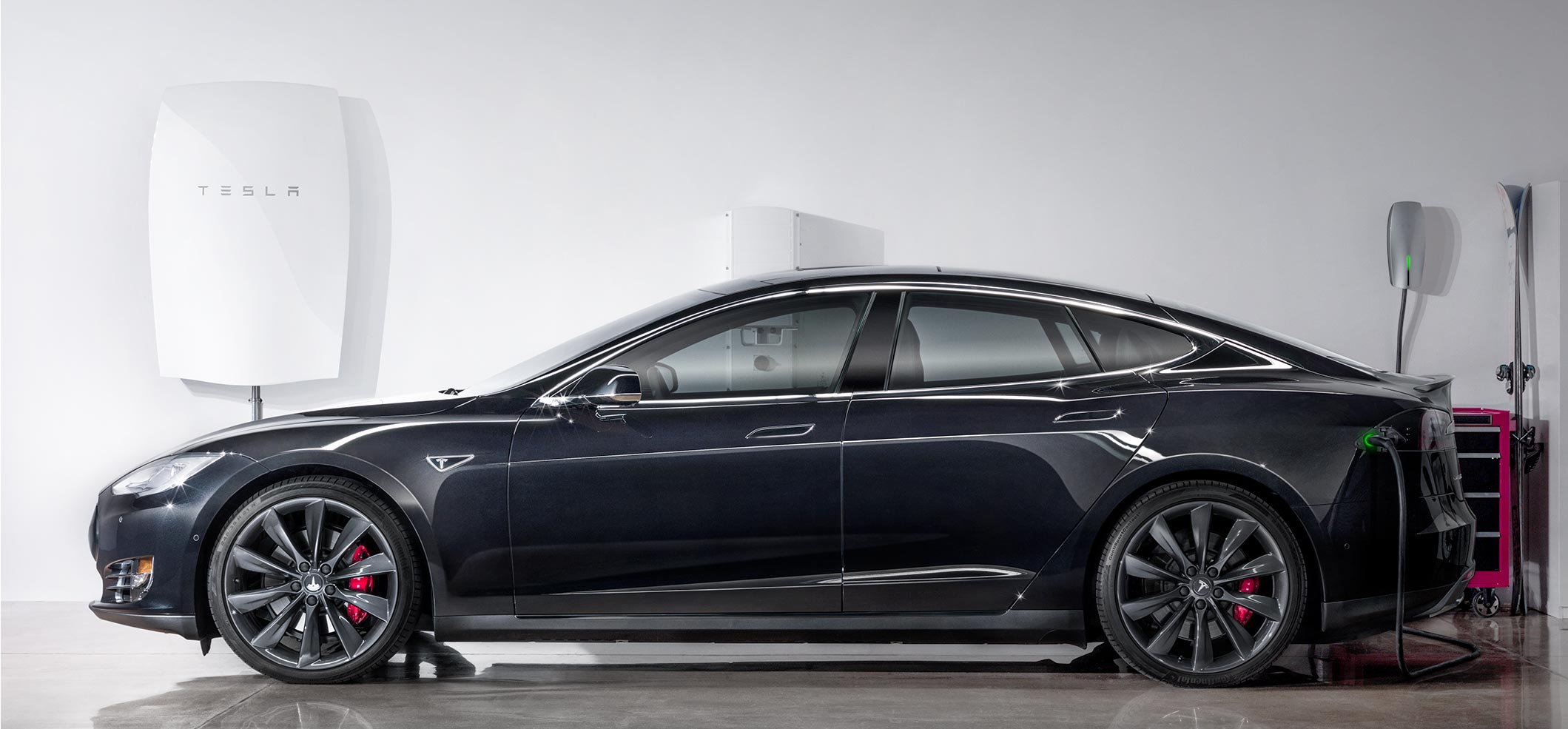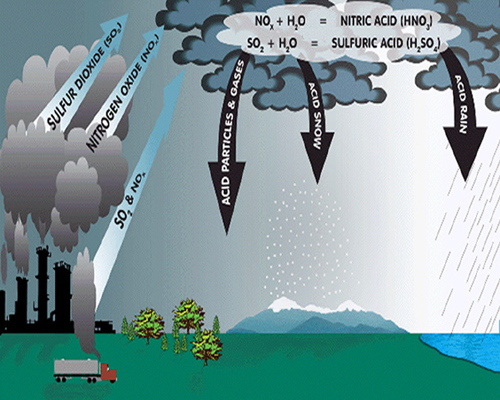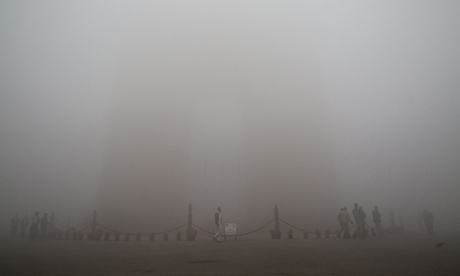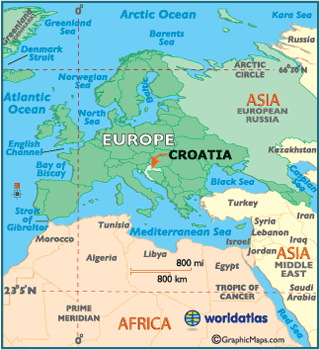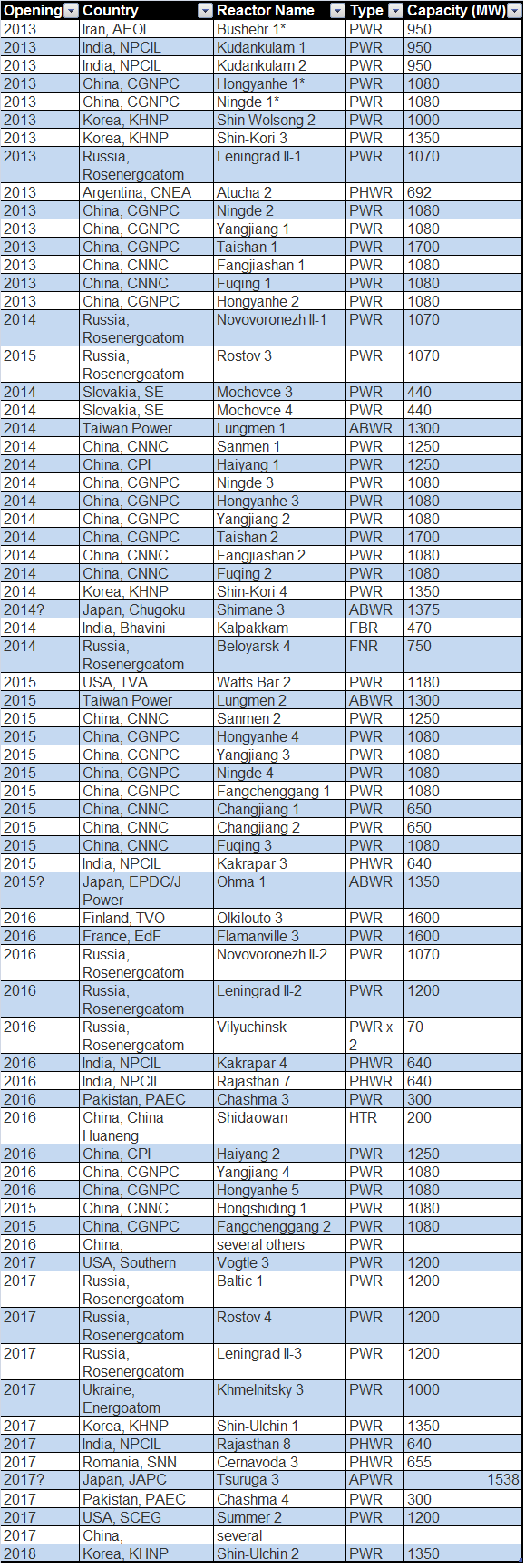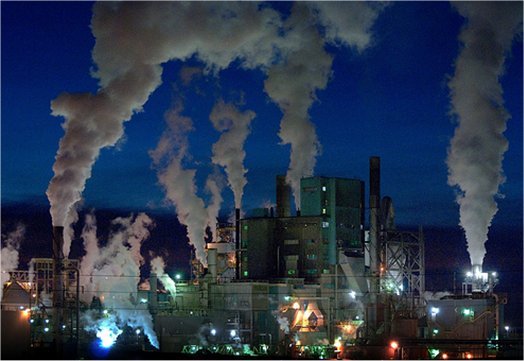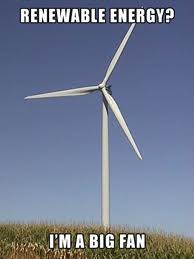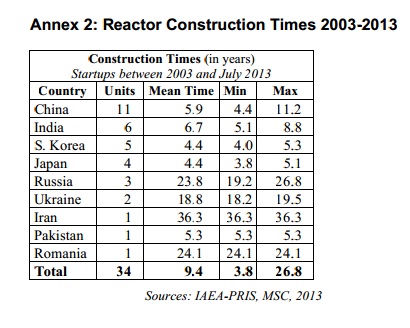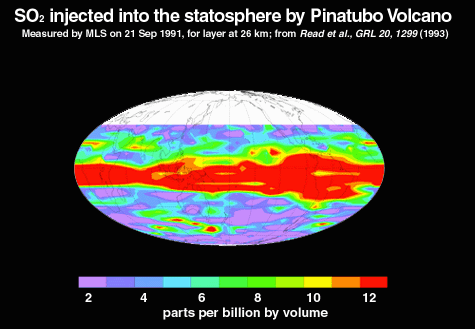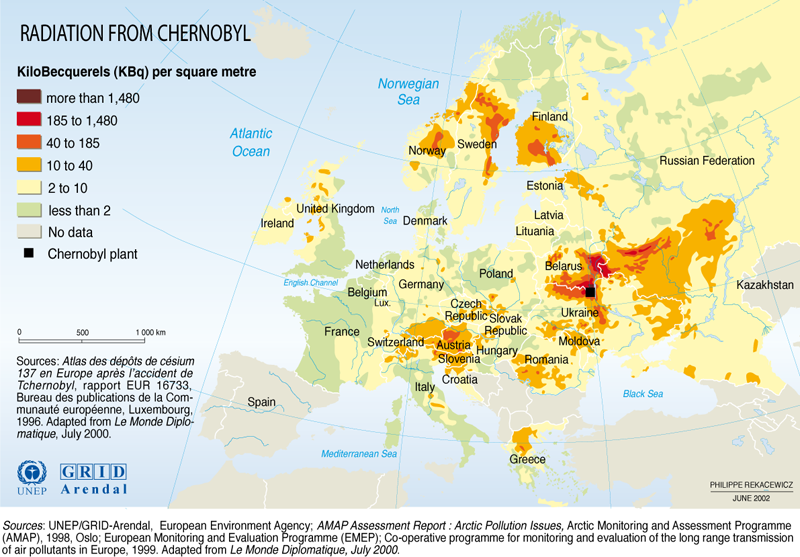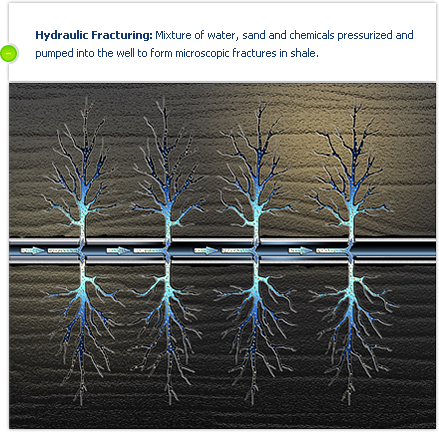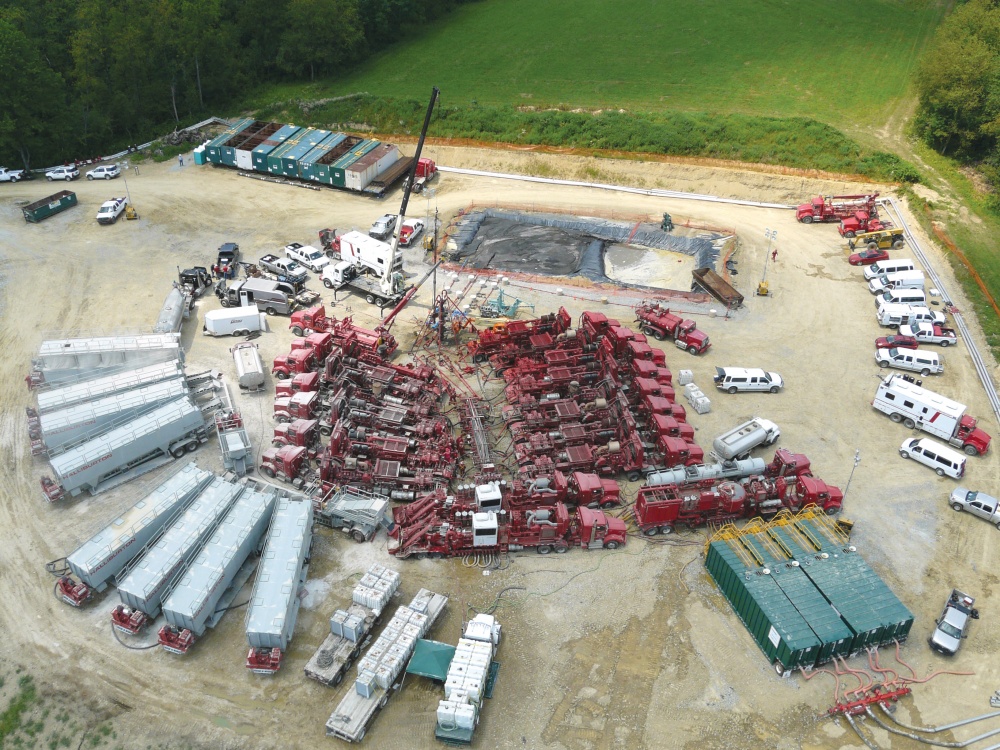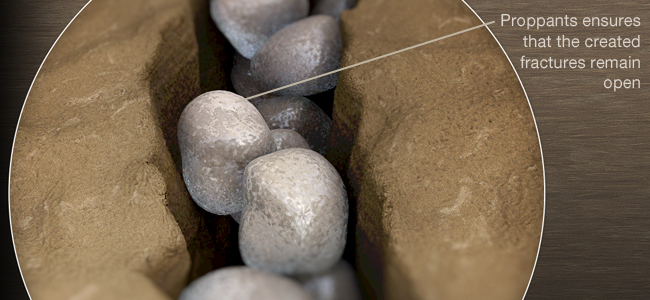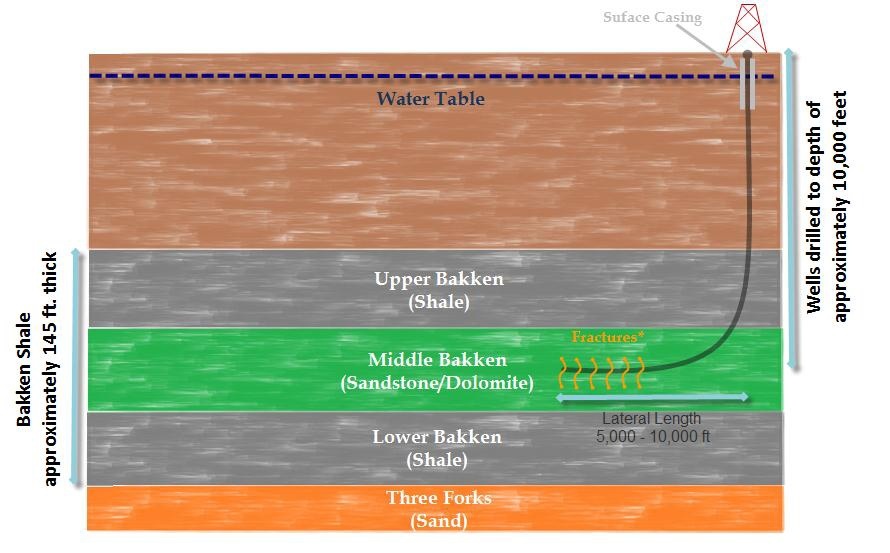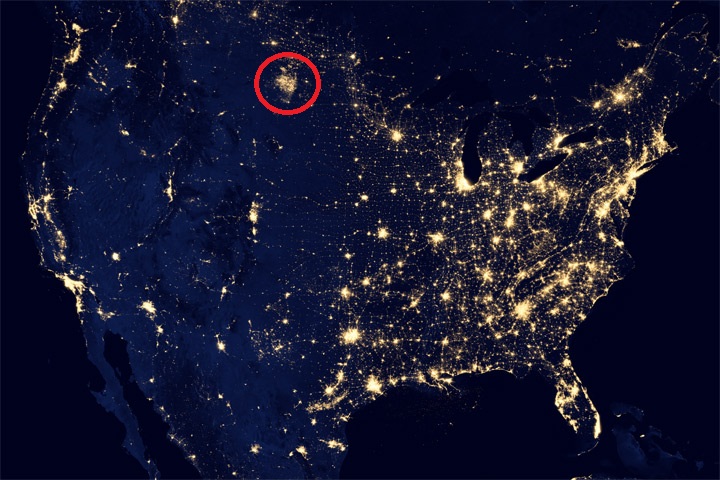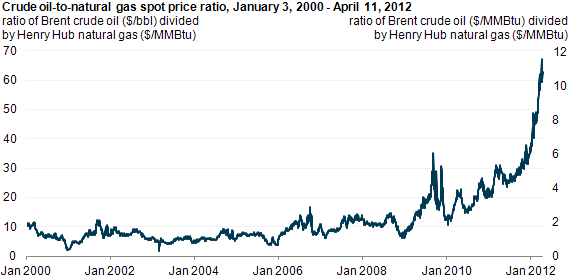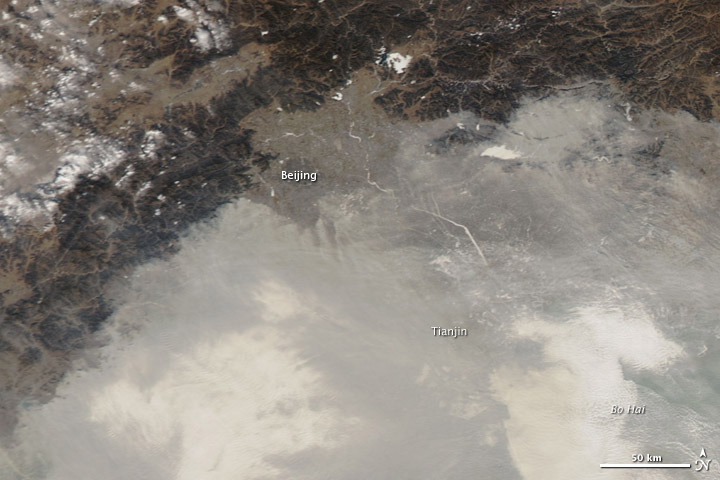Tesla Powerwall
I'm gonna open by saying that I really like Tesla's powerpack. Technology isn't pushed past the bleeding edge without loss-leaders pioneering. That being said, the numbers, as usual, don't lie. On a per-unit-energy cost basis, these things aren't economic in most of the US. Once you consider the externalities, however, the overall benefit does make them "profitable." Likely you will see subsidies to internalize these externalities, thus making the powerpack work.
Unless the inverter costs too much. More on that later.
One major implication I haven't seen anyone talk about? Utility companies currently have to pay people with solar panels who produce excess electricity at market rates. They've been trying to get rid of this for years. This technology gives utilities every reason to demand they no longer pay people for their excess produced solar power. This has enormous implications. It's now indefensible to force utilities to buy at market rates the extra power produced by homes with solar. Read more near the bottom.
What is this Powerwall?
Powerwall is a power pack that you hang on your wall. It costs $3,000 for a 7kwh pack designed for a daily cycle, meaning it's charged and used once per day. This is the cost without installation. Also, this is the cost if you already have solar cells and an inverter. If you want to work with the grid alone, you have to buy an inverter*. Even if you already have solar cells and don't need an inverter, this seems like it's a product designed for the wealthy. Let's look at the math (my favorite part!)
*Inverters. Batteries and solar panels produce DC current, or Direct Current. This means it doesn't change phase. What we use in our homes is Alternating Current or AC. The alternating current means that the positive and negative terminals switch sides of the power plug. In the US, they switch sides 60 times per second. DC means that the terminals do not switch sides. Hence batteries having a + and - terminal, and all your non-battery electronics not having these.
The Maths!
We are going to make some of the rosiest assumptions in the world. First, though, let's get some solid data lines up. Take a peak at NPR's cost of electricity infos.
1. On average, people pay 12 cents per kwh of electricity
2. In Hawaii, they pay 33 cents. We'll use this as a case study.
3. The Northeast and California, two other case studies, pay about 16 cents.
4. The average American uses 900kwh of electricity per month in their home (from eia.gov).
Really rosy assumptions
1. The sun shines for 300 days a year and provides enough electricity to power your house during shining and to fully charge the battery
2. The electricity grid doesn't buy back your excess solar*. If they do have to buy it back, then the economics discussed here don't play out
3. You've already paid for all of your solar installation and you aren't concerned about those costs of that electricity going into this powerpack
4. These things don't degrade over time (extremely rosy assumption)
Hokay!
300 days per year of 7kwh of electricity provided by this beast is:

So 2100 kwh/year. What's that get you in most of the US?

So $252 per year. For a $3000 battery pack. In most of the US, if your solar panels worked perfectly for 300 days a year, it'd take you 12 years to pay back your investment. This is a 6% annualized ROI (Return On Investment). In other words, you'd make more money in the stock market, so it's a bad investment, not even accounting for installation costs and with impractically rosy assumptions, in most of the US.
What about in the Northeast and California, where electricity is $0.16?

Or payback in 9 years. This is an 8% ROI, making it a decent investment.
Let's be realistic, though. In the Northeast, we have storms and winter. Solar panels don't work so great here. We aren't getting 300 cycles per year out of this. We'd be lucky to get 150, making it an 18 year payback, or about a 3% ROI. What about California? They actually might get 300 days of viable sun a year. So in California, you could be break-even.
Now what's the problem here? Normal people don't look for 8% ROI on their home upgrades. They look for 15%. Pretty much they want 3-5 year payback periods. So pretty much, someone has to have a very green outlook on life to buy one of these. Or there have to be subsidies (more later)
Hawaii
Hawaii has sunshine and electricity costs 33 cents. Let's say you've paid off your solar panels in Hawaii.

In Hawaii, with our rosy assumptions and no installation cost, the powerpack will pay for itself in 4.25 years, for a whopping 18% return on investment, without any subsidies. There is a viable business model here.
Seriously, someone go start a powerpack/solar panel installation company in Hawaii.
Anywhere else, and these things will need hefty subsidies.
Subsidies

